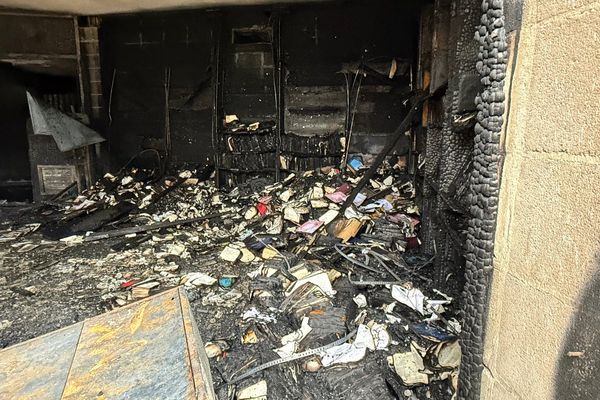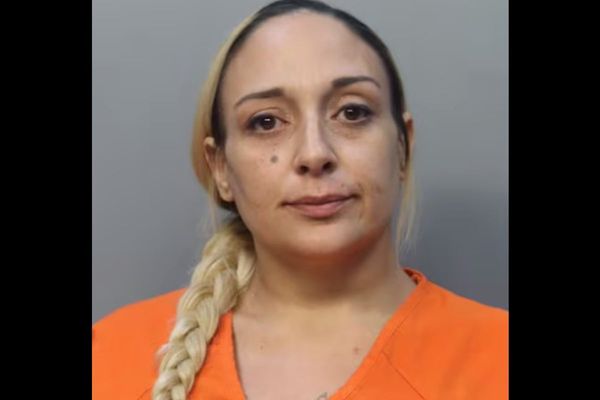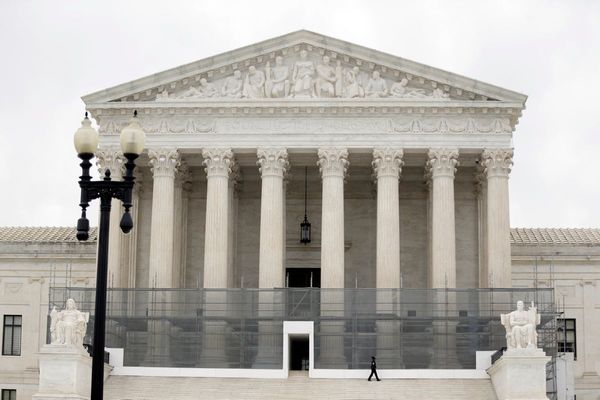When researchers started counting frontier massacres for a mapping project, they were shocked by what they found in north-west NSW.
"We didn't know," lead researcher Lyndall Ryan said.
"As a white person, I knew that the Myall Creek Massacre had happened. I knew a little bit about the Waterloo Creek massacre. But beyond that, I thought that was all that had happened in that region.
"And I think many other people did too."
Professor Ryan, from the University of Newcastle, has been leading the team documenting massacres across Australia between 1788 and 1930.
In their final update of the Frontier Massacre Map, they counted 20 sites in the NSW north west.
But for Armidale-based Anaiwan man and Aboriginal linguist Callum Clayton-Dixon it was no surprise at all.
And he said it was important to note that the massacres only tell one part of the story.
Mr Clayton-Dixon said when colonisers moved west across the Great Dividing Range in the early 19th century they were met by small bands of Aboriginal warriors around Walcha.
"Station after station is getting raided, stockmen and shepherds are getting killed left, right and centre, hundreds and hundreds of sheep are being seized and killed by resistance fighters," he said.
He said resistance efforts petered out after the early years, but picked up again in the 1860s when coastal Aboriginal groups stockpiled guns and met local groups in gorge country.
"This coalition or alliance of warriors was made up of Aboriginal people from up here on the Tablelands, from the Macleay River, the Clarence River and from the Bellinger River," Mr Clayton-Dixon said.
"There was supposed to have been all these hundreds of warriors streaming into an area up north-east of Guyra … and they actually acted as spies and guides for all these warriors coming up from the coast.
Mr Clayton-Dixon said it was important to recognise these warriors who defended their country in the face of massacres growing across the region.
"It's really, I think, empowering to connect ourselves to these old people, to these ancestors who were such fierce resistance fighters, and stood up for kin and country against such overwhelming odds," he said.
Professor Ryan said everyone needed to know the truth of the Frontier Wars.
"I think it is important to understand Australia's history because we do need to know," she said.







